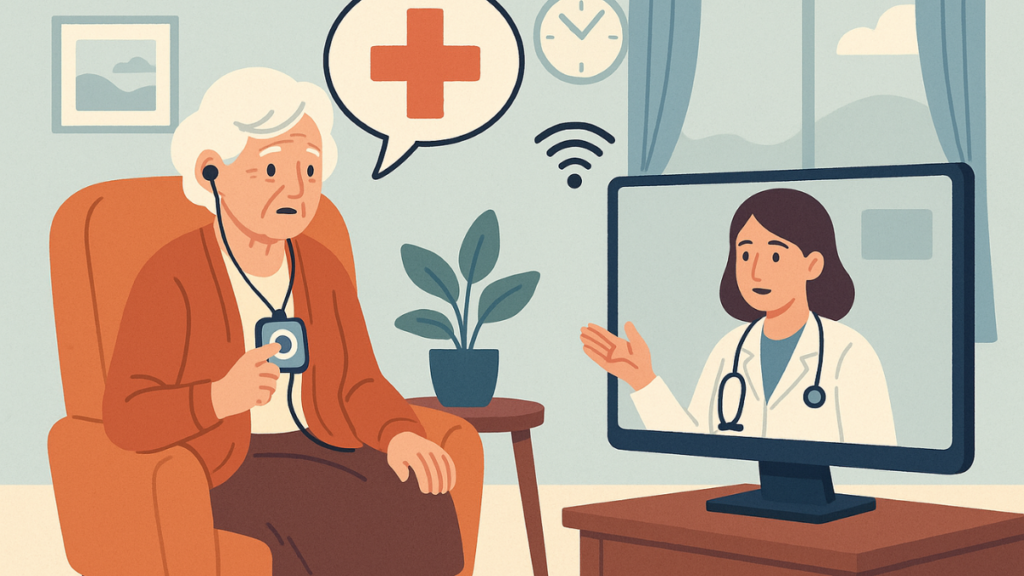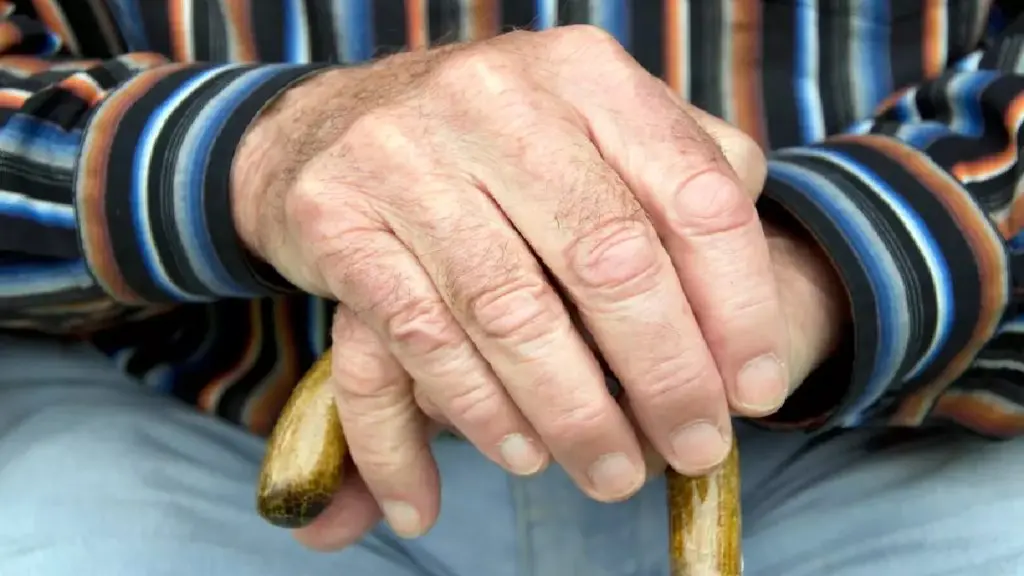As telecare services around the world adapt to changing demographics and technology, the Barcelona Provincial Council is emerging as a pioneering force in modernizing and humanizing care for the elderly and vulnerable. In 2025, as the region’s public telecare system marks its 20th anniversary, the Council has unveiled substantial advancements, driven by artificial intelligence and Big Data, setting new standards for preventive and predictive support in Europe.

- Barcelona pioneers predictive telecare in Catalonia with AI and Big Data to improve elderly support.
- Universal access via public-private model ensures equity across 315 municipalities.
- 117,000+ users supported, with daily calls, 143,000+ home visits, and risk detection.
- AI-powered pilots like “Tot en un sensor” enable early alerts for isolation and cognitive decline.
- Catalonia sets a European standard for integrated, person-centered digital care.

The Barcelona Provincial Council, which provides services to 315 municipalities, including some in Girona and Lleida, covers a territory that accounts for only 24% of Catalonia’s land but holds 74% of its population. With over 5.7 million residents and a wide variation in municipality size, ensuring equal access to social services is a complex challenge.
A unified public-private model for equity
To tackle these disparities, the Council assumed direct management of the telecare service, aiming for territorial equity and service quality. While municipalities remain responsible for referring users and managing individual cases, the Council handles model design, procurement, quality oversight, and funds up to 47% of costs.
Telecare in Catalonia is part of the region’s basic social services. Despite regulations placing responsibility on larger municipalities, the Council opted to provide the service universally. This hybrid public-private model ensures consistent service delivery, leveraging a selected provider to supply staff, technology, and R&D.
Telecare by the numbers: Impact at scale
As of May 2025, the telecare service supports 117,773 individuals. Each day, over 2,200 receive proactive calls, and annually, more than 143,000 home visits are conducted. Perhaps most notably, at least one potential case of abuse or suicide risk is identified daily, thanks to specialized detection protocols.

Every five minutes someone calls for help, and every two hours a mobile unit is activated for an emergency. There are mobile first and second response units distributed throughout the territory. In addition, more than 2,200 people receive a daily call, more than 143,000 home visits are made annually, and at least one possible case of abuse or suicide risk is detected daily, thanks to specific detection and action protocols
Iolanda Moragues Casabón, Head of Social Vulnerability and Dependency Care Department, Barcelona Provincial Council
From its modest start in 2005 with 3,819 users, the service has grown exponentially. In 2023 alone, 9,000 new users were added, with another 8,000 joining in 2024. The program has evolved from reactive assistance to a more proactive, prevention-oriented approach.

Harnessing AI: From proactive to predictive telecare
Key to the Council’s digital transformation are two pilot projects using artificial intelligence and data analytics to deliver predictive care:
1. “Tot en un sensor”
This in-home system for individuals living alone utilizes motion, temperature, humidity, and light sensors to track daily activity. When anomalies are detected, alerts trigger timely interventions. The system enables early detection of cognitive issues, isolation, and mental health concerns.
2. Intelligent alert and assessment system
This Big Data-driven solution improves the six-monthly reassessment process for users, identifying when care levels should be adjusted. Tested in two regions, it has proven more accurate and efficient than traditional evaluation methods.
While both initiatives are in pilot phases, “Tot en un sensor” is more advanced. Early connectivity issues due to limited Wi-Fi infrastructure were overcome through targeted efforts to equip homes and educate residents.
Toward integrated, person-centered care
Beyond technology, integration with healthcare systems is becoming a priority. The Council, in collaboration with the Generalitat’s Department of Health, is working to identify health-related risks that telecare teams can report directly to healthcare professionals, not just to social services.
New inter-agency protocols tested in several municipalities have received positive feedback from medical staff. This step marks a shift toward a more coordinated, person-centered model of care.

Catalonia’s telecare : A model for Europe
As the Barcelona Provincial Council prepares to renew its service contract in 2025, the focus is firmly on predictive and cognitive telecare. By combining empathy, innovation, and data, the region is setting a benchmark for other territories across Europe.
With a legacy of 20 years and a forward-looking strategy, Catalonia’s telecare system stands as a testament to what’s possible when technology is used not just to manage needs, but to anticipate them.
Published by the Editorial Staff on
